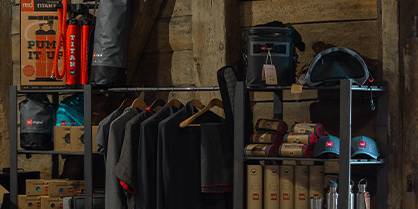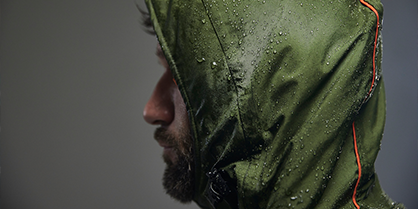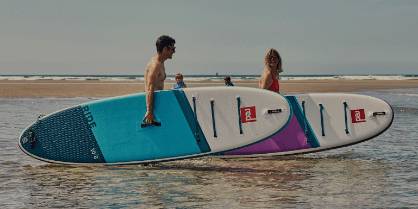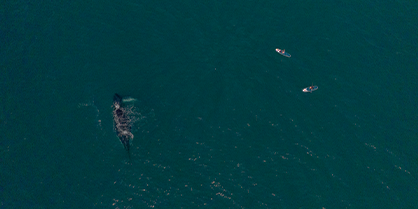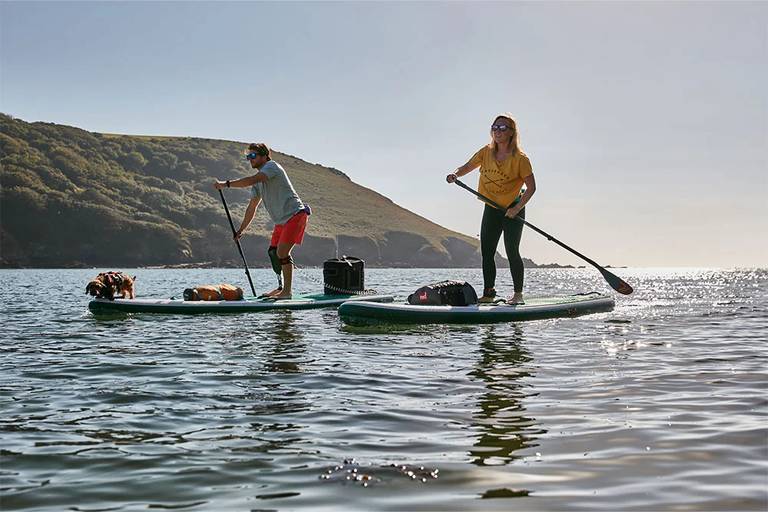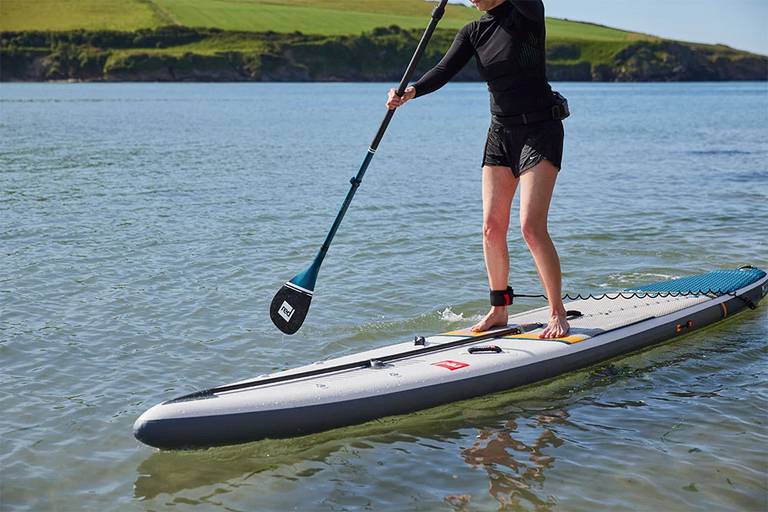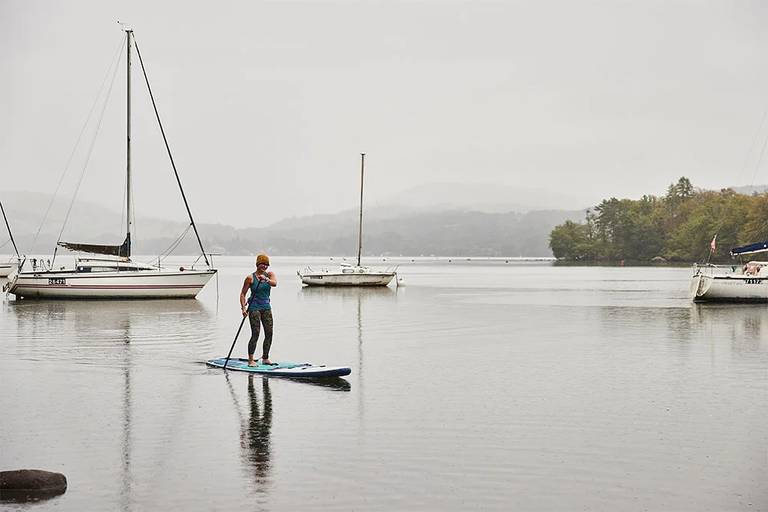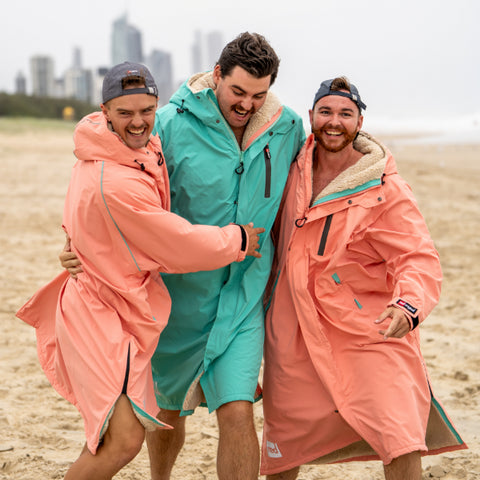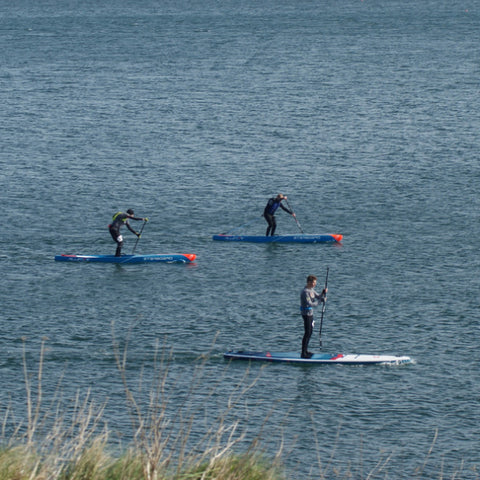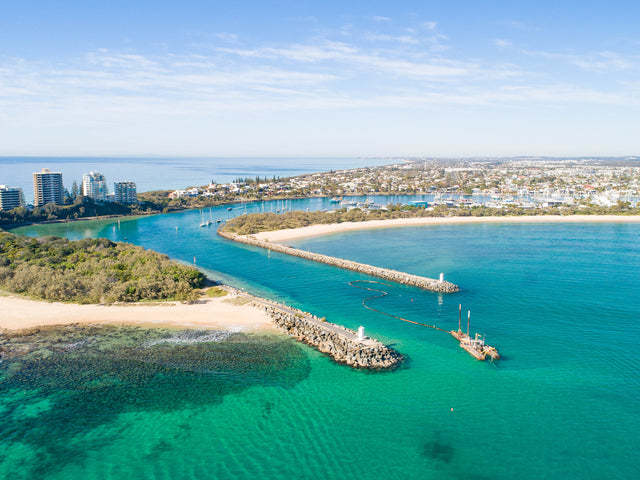
Stand up paddle boarding is a relaxing and sociable activity, enjoyed by millions of people across the globe. As it looks so tranquil (and it is!), many people often question, is paddleboarding good exercise?The answer to the question is an easy “yes”. SUPing provides a fully body workout, offering strength training as well as boosting cardio. In short, it’s really good for your fitness levels, but what muscles does paddle boarding work specifically?
There are 11 muscles that are used when you stand up paddle board. These are:
- Abs
- Lats
- Rhomboid
- Hamstring
- Traps
- Biceps
- Triceps
- Quadriceps
- Rotator cuffs
- Heart
- Lungs
The main muscle groups that are worked are:
Core
One of the key groups to mention when discussing “what muscles does paddle boarding work” is the core, although this is often overlooked. When you paddle, you engage your core in order to stay balanced and gain power to use in the stroke. The main muscles that are engaged in your core when paddling are your abs and your obliques which sit on either side of your abs. Doing ab exercises off the board, will help to improve your balance and power when you’re out on the water.
Back
In order to maintain balance when stand up paddle boarding it’s important to keep your back upright and straight. This ensures you are in the right position for staying balanced and gaining power. The rhomboid muscles that go along your shoulder blades are particularly important for keeping yourself balanced, whilst your trapezius muscles at the very top of your back help to keep you stable and strong. The lats are the largest muscle in your back and are a big source of strength when paddling.
Legs
When discussing “what muscles does paddle boarding work”, it’ll come as no surprise that your legs get a great workout. Whenever you make a paddle stroke and bend your knees, an array of muscles in your lower and upper legs are worked. These include your lower calf, upper calf, abductors, hamstrings, quads and your glutes. Your quads work in collaboration with your hamstrings to ensure stability as well as flexibility of the knee joint.
Shoulders
Whilst your shoulders aren’t primary power sources for the strokes themselves, they should be engaged as pivot points for the swing of your paddle. The rotator cuff in your shoulders keeps your glenoid cavity and humerus in place so your shoulder joints work properly, whilst ensuring greater stability in the shoulders. You get a really great shoulder workout when SUPing as you’re constantly lifting and dipping your shoulders in order to paddle.
Feet
When asked “what muscles does paddle boarding work”, your feet are not likely to be the first muscle group that comes to mind. However, the hundreds of tiny muscles in your feet play their own role in helping you to stand in a stable position on the board. The muscles in your feet will be more actively engaged when paddling in rougher conditions where you need to work harder to stay balanced.
Arms
You can’t hold a paddle without your arm muscles, and paddle boarding is a really effective workout for your arms. The triceps and biceps are the main sources of power when you paddle. Whilst your arm muscles are an important source of power, you shouldn’t rely on them solely for power when paddling. You need to also use your arm, legs, back and shoulders to ensure you’re gaining power whilst maintaining a comfortable and effective posture.

